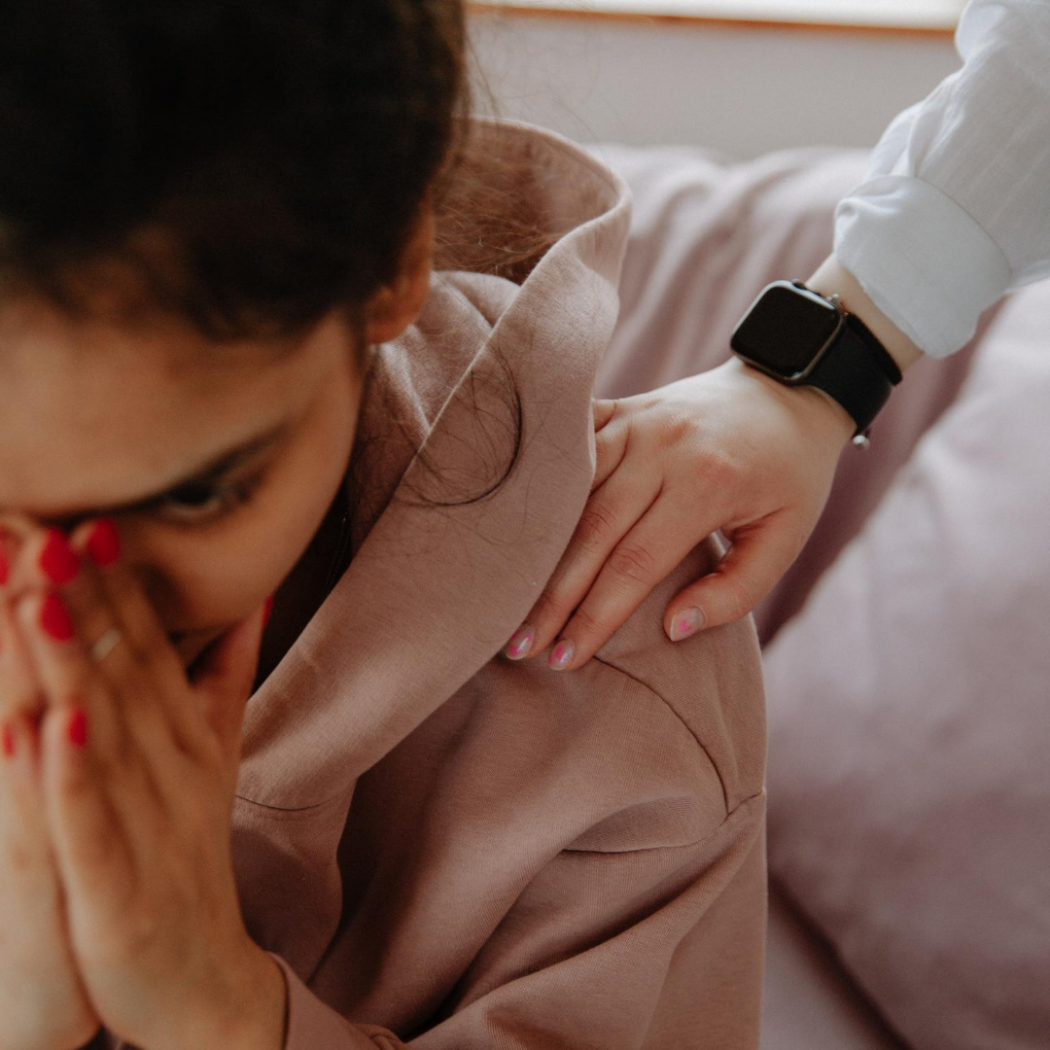 How did the Department of Education become a protection racket for college campus abusers? Let’s break it down from the beginning. On May 6, the Department of Education delivered new rules for the interpretation of Title IX, the federal civil rights law from 1972. The original text reads:
How did the Department of Education become a protection racket for college campus abusers? Let’s break it down from the beginning. On May 6, the Department of Education delivered new rules for the interpretation of Title IX, the federal civil rights law from 1972. The original text reads:
No person in the United States shall, on the basis of sex, be excluded from participation in, be denied the benefits of, or be subjected to discrimination under any education program or activity receiving Federal financial assistance.
The rules around the interpretation of this law have been written and rewritten over the decades. In particular, the ability of college students to report their peers for sexual harassment or violence became a political football when the Obama administration delivered the “Dear Colleague” guidance for this topic. Conservatives claimed that the guidance letter made it difficult for someone accused to get a fair hearing. Upon Donald Trump’s appointment of Betsy DeVos as Secretary of Education, the Department Of Education (DOE) began taking comments on changing the rules. They delivered the 2033 page document in the middle of a pandemic and gave schools until August 14, 2020, to implement the changes. It is hard to imagine how colleges will make the necessary changes in time while simultaneously figuring out how to reopen and configure classes while managing student safety amidst COVID-19.
The new Title IX rules increase the burden for claimants to report and then defend accusations of sexual harassment and violence. The rules change the definition of sexual harassment, allow schools to apply a stricter standard of evidence, require cross-examination of both the accuser and the accused, and no longer allow complaints of events that happened outside of the “educational program.” All of these items put together add up to a situation where the greater burden is placed upon the complainant making it less likely that complaints will be reported at all.
Within the new rules, the definition of sexual harassment is altered to the accused’s advantage. To be considered harassment, behavior now must be “so severe, pervasive, and objectively offensive that it effectively bars the victim’s access to an educational opportunity or benefit.” They changed the word “or” to “and”. This definition ensures that a claimant has to endure severe and objectively offensive harassment regularly to prove that it is pervasive. There is not a clear definition of “objectively offensive” so the school’s Title IX coordinator makes that decision. Let us look at an example where a male student uses the close proximity of a science lab to rub up against the female lab partner’s rear end and torso near her breasts as he slides by to reach equipment. The female must not only tell him to stop, but she must also put up with this behavior repeatedly for it to be considered “pervasive”. Additionally, the Title IX officer has the power to decide whether the behavior is “objectively offensive” and “severe”. But for the student involved, the unpleasantness of the situation is likely to make her avoid the lab, thus affecting her education. Why should any student have to endure pervasive harassment before being able to make a complaint?
The new rules also allow schools to institute a higher burden of proof when filing a claim. Prior to the changes, the standard for complaints was a “preponderance of evidence” which in legal terms means that the evidence shows that there is a greater than 50% chance that the event happened. Now schools can either use that standard or choose to use a stricter one, “clear and convincing evidence”. This term means that there is a much greater than 50% chance that the event occurred. The clear and convincing standard is a higher burden of proof and is generally reserved for civil offenses that have special elements to establish. By allowing schools to use a higher burden of proof, the DOE is making it harder for complainants to have their case heard at all.
The final choice that the new rules provide is for schools that are ruled by religious institutions. In the past, religious schools are now automatically exempted from providing Title IX protections. Additionally, the DOE will no longer provide a list of schools that are exempt from Title IX as they did previously. And most importantly, these schools do not have to notify students who apply for admission of their Title IX exemption. The result of this lack of notification could lead to students assuming that the school honors their civil rights and end up being expelled later for taking birth control, having premarital sex, or being gay.
Probably the biggest change to the rules is the process for adjudicating claims. The rules require complainants to participate in cross-examination of their claim. Both the complainant and the accused choose their representative to cross-examine the other party. So, a complainant may be cross-examined by a parent, a fraternity brother, or a lawyer for the accused. This requirement is very likely to make many complainants reluctant to report sexual harassment or violence. It requires the complainant to relive the event which is frequently traumatic in nature. The school’s duty is to investigate the claim and make a decision as a result of the information gathered. Cross-examination belongs in the criminal court, not in an educational institution where no one is properly trained.
Schools are also allowed to offer facilitation for other means of the informal settlement of complaints like restorative justice or mediation. Both parties must agree to this and there is typically no official disciplinary action as a result. While this might seem like a good alternative, it ignores the power dynamic between survivors and the accused. While a complainant may desire a mediation for reasons of confidentiality, mediation and restorative justice practices typically put the complainant and respondent in the same room to discuss the issue. In situations where sexual assault has occurred, having to sit down and negotiate with the alleged assailant is retraumatizing and should not be offered as part of a complaint process.
The new rules require that all complaints must be based on events that happened during the “educational program or activities”. The harassment or violence must occur on campus or at a school approved program like an athletic team or a fraternity house or that is registered with the school. Given that a recent study at Texas A&M University shows that off-campus sexual assaults happen at 2 times the rate as on-campus assaults, and only 18% of students live on campus, the new rule leaves out the majority of cases. If harassers and abusers know that they are out of reach of the school because of the location, they are free to act with impunity. Schools should want to know if they have students who are terrorizing other students regardless of where the attack takes place. Just because a violation happens off-campus does not mean that it does not affect the victim in the classroom. If a student is harassed or attacked off-campus and then has to attend class or live in the dormitory with their attacker, that affects their educational experience. Finally, study abroad programs are not included at all. This is primarily because of the difficulty of enforcing international agreements between countries.
Taken as a whole, the effect of new rules of Title IX intimidates claimants and bolsters protections for those accused of harassment and violence. Those who have experienced severe, pervasive, and objectively offensive sexual harassment or assault should not have to consent to cross-examination to file a complaint. The purpose of the Title IX complaint process is to secure the right of students to fair access to education. Universities are not court systems nor should they try to become one. Title IX coordinators are fully capable of investigating claims and making rulings without the intimidation tactic of cross-examination. Secretary Devos admits that the new rules were written to protect those accused and reduce claims. She also notes that colleges benefit since they will save over $19 million according to the DOE’S cost analysis. It is a cold and calculated mind that prioritizes the savings for schools over the safety of students to be educated free of harassment and violence.
Note: A longer version of this article was previously published in the author’s newsletter Chaise Lounge
 Anna Lynch is a “writer, educator, and champion for all things women.”
Anna Lynch is a “writer, educator, and champion for all things women.”

[…] racket for college campus abusers? Let’s break it down from the beginning. See “The Department of Education is a Protection Racket,” […]